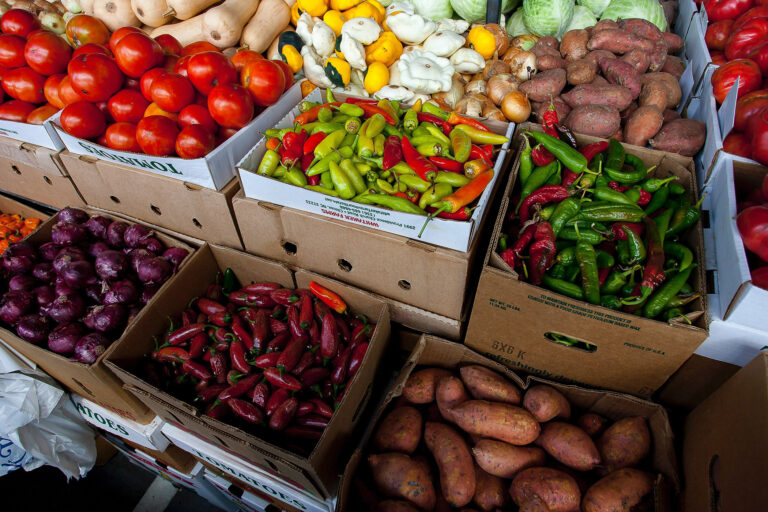Many countries struggle with food shipments being damaged or destroyed by invasive insects and plant disease. According to the United Nations Food and Agriculture Organization, between 20% and 40% of global crop production is lost to pests, with plant diseases costing the global economy around $220 billion and invasive insects around $70 billion. The University of Georgia developed technology to identify these pests and is now partnering with a government organization in Central America — OIRSA — to implement this useful tool.
The new license agreement will allow OIRSA, which stands for Organismo Internacional Regional de Sanidad Agropecuaria, to help Central American countries tackle this ongoing problem with food shipments. It also positions them to advance their research in plant pathology, agricultural health and food safety while developing a prompt warning system for agricultural plagues and diseases.
“The importance of the remote, digital-diagnosis system in Mexico, Central America and the Dominican Republic is crucial,” said Raúl Rodas, regional director of quarantine services for OIRSA. “The correct identification of pests, which are detected in cargo, parcel or baggage shipments, not only reduces the risk of pest intrusion and delay times for cargo arrivals, but it also reduces transaction costs for importers and exporters.”
State-of-the-art imaging
Jointly developed in 1997 by researchers and information technology professionals in UGA’s College of Agriculture and Environmental Sciences, Distance Diagnostics through Digital Imaging technology provides state-of-the-art imaging to better assess disease and infestation factors leading to crop loss.
While the technology has existed for many years, this is the first time it will be used in Central America.
“Through the use of the DDDI system, there have been many cases where substantial crop losses were avoided, and potential disease or pest outbreaks were contained,” said Brian Watson, IT director in the CAES Office of Information Technology. “As a leader in this arena, UGA has been engaged to design, develop and host customized DDDI solutions for 15 or more institutions and organizations over the years.”
Commitment to international partnerships
UGA and Innovation Gateway have been committed to establishing and strengthening international partnerships not only to benefit the global research community and expand UGA’s commercial reach, but also to support humanitarian efforts worldwide. As a way to further OIRSA’s mission on behalf of the public good and the countries it serves, UGA issued the license agreement—valued at up to $25,000—free of charge.
“We don’t often grant free licenses to nonprofit organizations and this offer is not automatic,” explained Gennaro Gama, Innovation Gateway’s licensing manager in charge of this agreement. “However, if humanitarian uses, such as education, public safety or tropical/global neglected diseases, are sought by the licensee, we are glad to issue royalty-free licenses for those uses. Often, and to the licensee’s surprise, we are the ones to suggest that route.”
Before the development of DDDI, evaluating samples and properly identifying diagnoses could take days, if not weeks. Through digital imagery, the DDDI process can provide assessment and recommended treatment almost immediately.
Faster arrival and identification
“With the incorporation of technological equipment and imaging, it was possible to make accurate and rapid diagnoses with the support of specialists from the region where it was no longer necessary to send the insects to the laboratory,” Rodas said. “Instead, a photograph is sent in, allowing for faster arrival and identification.”
Founded in 1953 to provide technical and financial cooperation to its member states’ ministries of agriculture and livestock, OIRSA is an intergovernmental institution that specializes in animal health, plant health, quarantine services and food safety. OIRSA’s member nations include Mexico, Belize, Guatemala, El Salvador, Honduras, Nicaragua, Costa Rica, Panama and the Dominican Republic.
“The University of Georgia has been a strategic ally for many years,” said Rodas. “By allowing us to use their technology, every country we serve has benefited greatly.”








